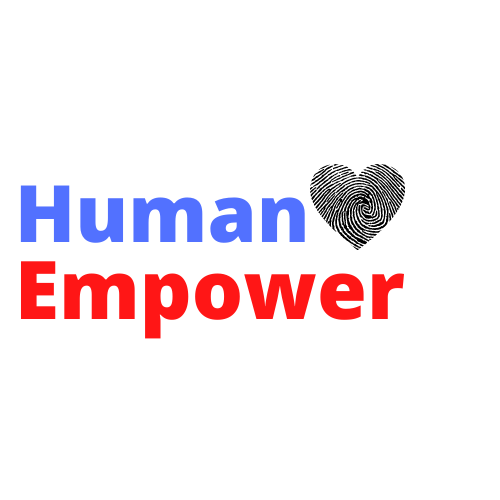That sense of happiness and contentment we feel when we are with someone we care for deeply.
Did you know that there are different ways to express and receive love?
According to psychologist Dr. Gary Chapman, there are five love languages: words of affirmation, quality time, receiving gifts, acts of service, and physical touch. Everyone has a primary and secondary love language, which Chapman says is based on our individual experiences and personalities.
For example, someone who grew up with parents who were always telling them they were loved and appreciated would likely have words of affirmation as their primary love language. Someone whose parents were always busy and didn’t have a lot of time for them, on the other hand, might have quality time as their primary love language. It’s important to note that we all have the ability to express and receive love in all five languages, but we usually prefer one or two.
Here is a brief overview of the five love languages:
Words of Affirmation: This love language is all about words. Compliments, kind words, and words of encouragement can all make someone feel loved and appreciated. If this is your love language, you probably feel most loved when your partner expresses their love for you verbally.
Quality Time: If quality time is your love language, you feel most loved when you are spending time with your partner. This can be anything from going on a date to just sitting and talking together. It’s all about undivided attention and being present in the moment.
Receiving Gifts: Gifts don’t have to be expensive or grand to be meaningful. If this is your love language, you feel loved when your partner takes the time to pick out a gift that is perfect for you, whether it’s a new book, a trinket from a recent trip, or just a bunch of flowers.
Acts of Service: If acts of service is your love language, you feel loved when your partner does something to help you out. This could be anything from making you breakfast in bed to taking the dog for a walk. It’s all about showing you that they care by taking care of you.
Physical Touch: This love language is all about physical touch. Hugs, kisses, hand-holding, and cuddling are all ways to show someone you love them. If this is your love language, you feel most loved when your partner is physically close to you.
So, what is your love language? And more importantly, what is your partner’s?
Learning your love language can be a helpful way to improve your relationship. After all, it’s much easier to show love in a way that will be well-received if you know what your partner’s love language is. If you’re not sure what your love language is, Chapman has a quiz you can take to find out.
And if you want to learn more about the five love languages, check out Chapman’s book, The 5 Love Languages: The Secret to Love that Lasts.
